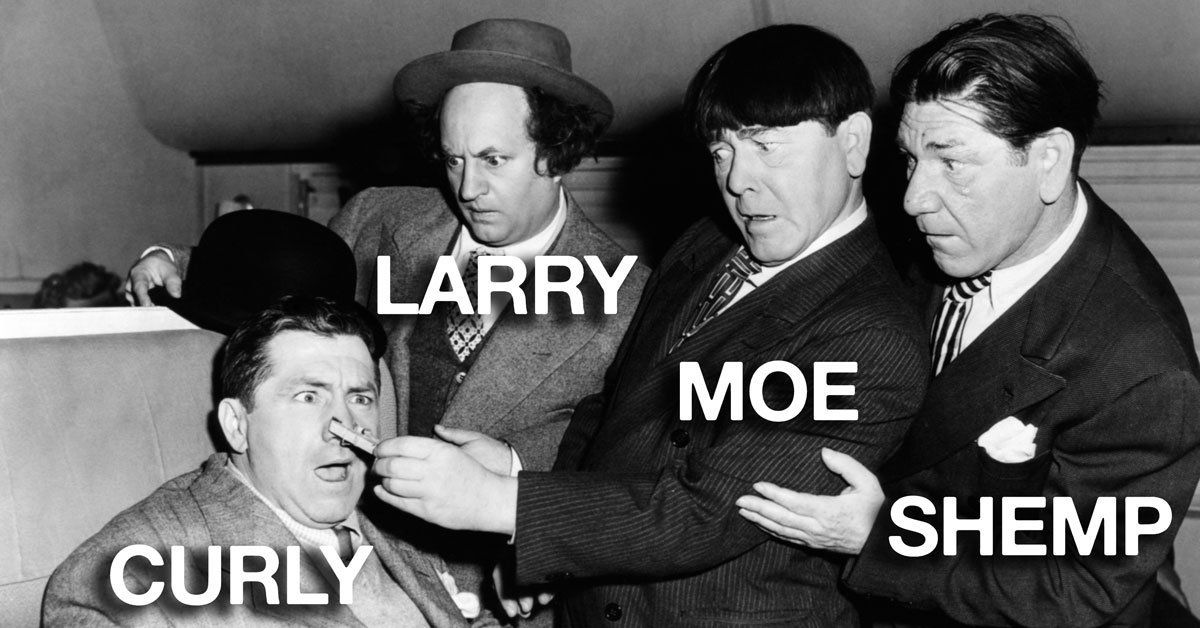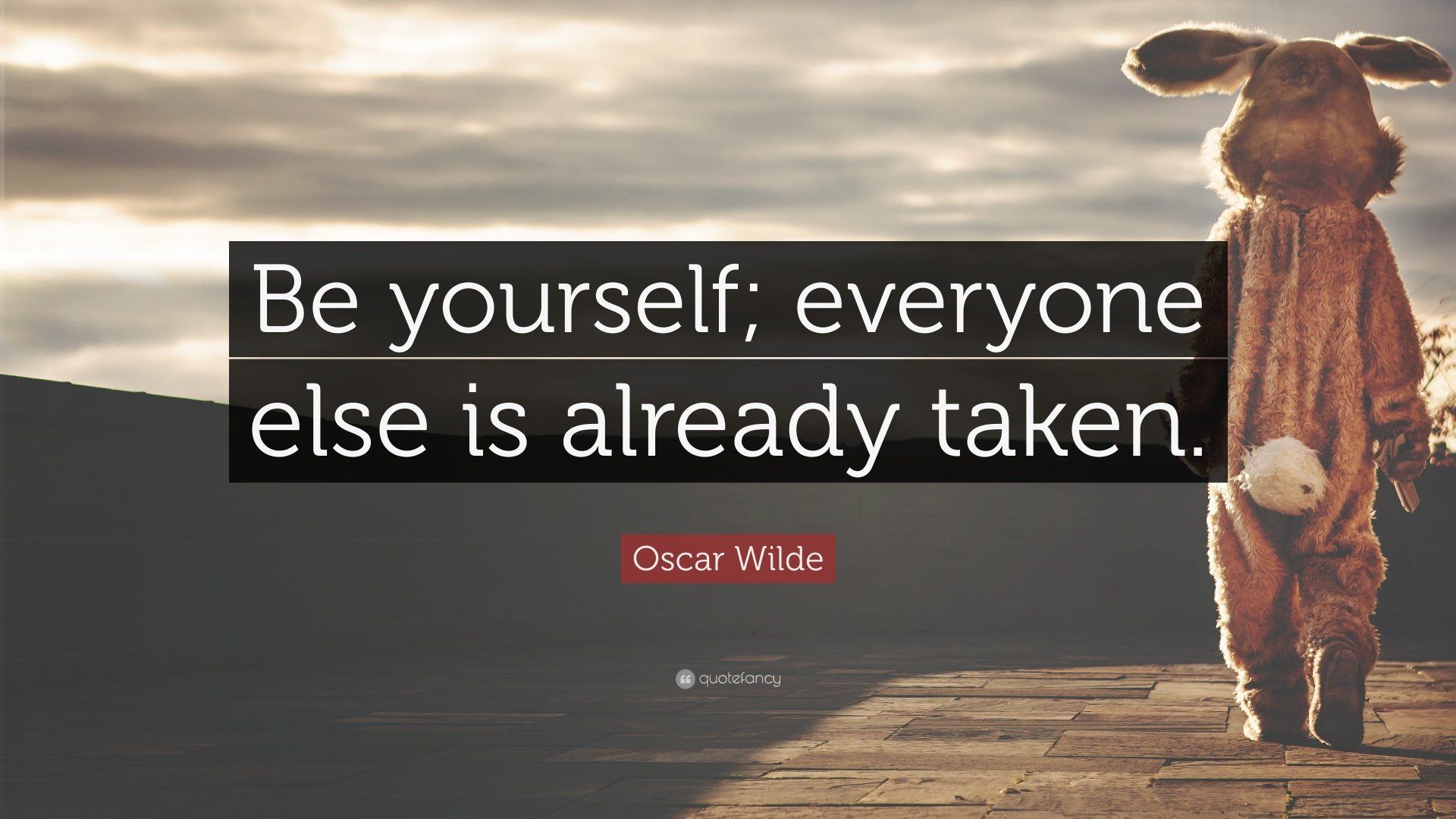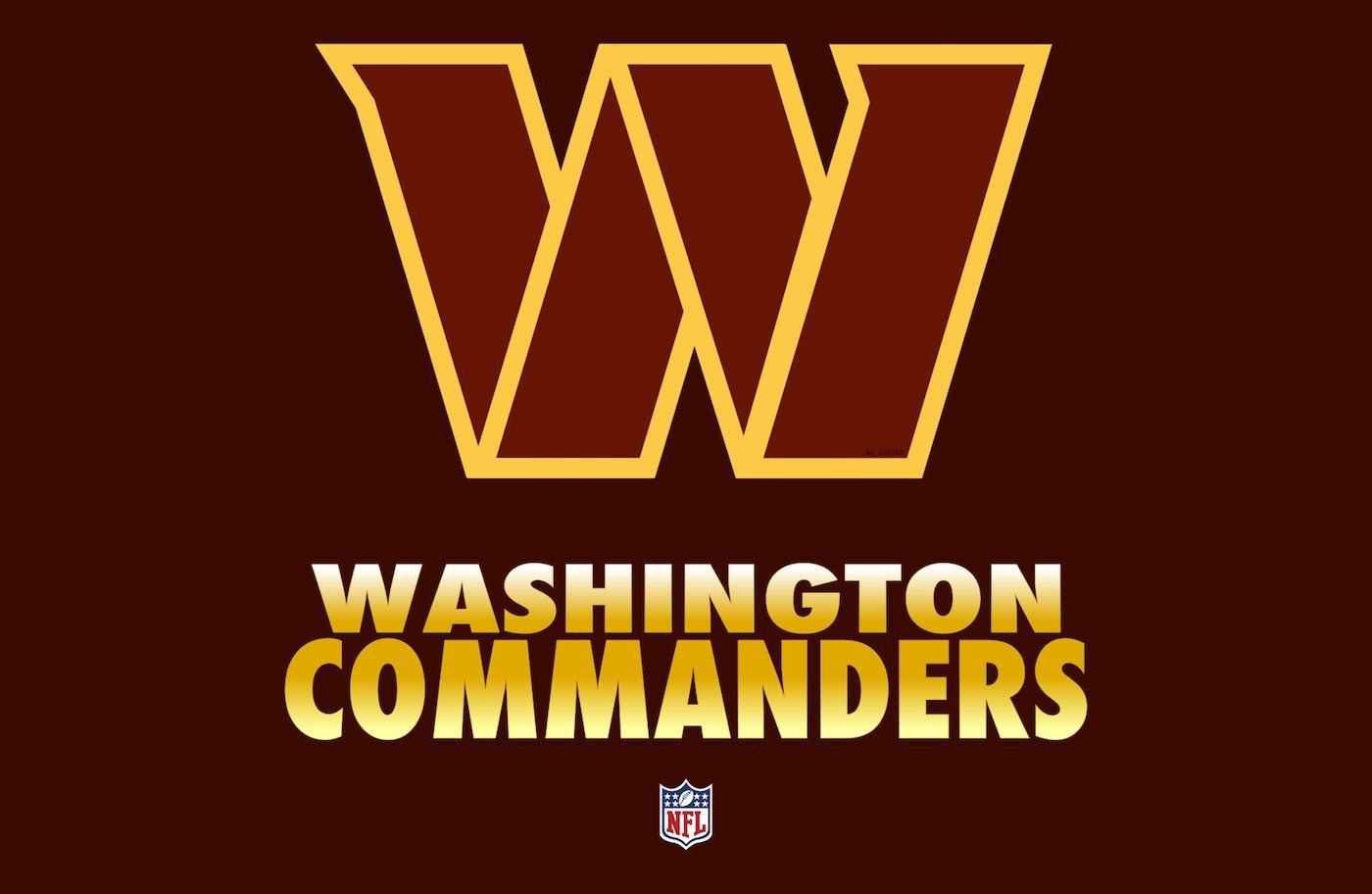The Secret Weapon Nonprofits Should Wield More Aggressively (and unapologetically)
The secret weapon to which I refer: a BRAND STRATEGY.
Most nonprofits have a clear and compelling mission. But they lack a competitively differentiated brand strategy to fuel the mission. In the simplest of terms, a brand is a promise of an experience, and a strategy is a choice (a very tough choice) regarding the experiential promise of an organization. A promise that transcends what the organization does, and clearly captures why people should care. In the case of nonprofits, those people are stakeholders and potential donors. And they need to know why a particular nonprofit is more deserving of their attention and money than the million other options
A brand strategy creates meaningful differentiation for a nonprofit's critically important mission.
The reason most nonprofits lack a brand strategy is completely understandable: the organizational leaders generally don't have backgrounds in brand strategy development. And they are hesitant to hire experts who do.
In his TED talk The way we think about charity is dead wrong, activist and fundraiser Dan Pallotta calls out the double standard that drives this outage. Too many nonprofits, he says, are rewarded for how little they spend, not for what they get done. Spending on marketing and advertising is particularly frowned upon, even though the investment can bring in dramatically greater sums of money to appropriate toward achieving the organization's important mission. Instead of equating frugality with morality, he asks us to start rewarding nonprofits for their big goals and big accomplishments.
When a nonprofit embraces the power of a brand strategy, the results are undeniable. Here's an example:
The Health Improvement Collaborative of Greater Cincinnati had a mission that was evolving. The organization was moving beyond the role of neutral convener, to that of a catalyst for driving healthcare change. The Executive Director realized that the brand story needed to better reflect this important evolution.
To this end, the organization selected LINK to help. We established a simple-but-powerful and more appropriate Brand Position focused on the concept of "Transformation." We then brought the brand to life with a significantly shorter and simpler name (which is much easier to say, remember, and use), visual identity (with Graff Designs), tagline, and brand story.
This investment in brand strategy makes it clear that the organization's reason for being isn't just collaboration. Rather, its mission is to transform healthcare delivery. Collaboration is the means to this more important end. The combination of the shorter and more-focused name, the communicative tagline, and the visual reinforcement of "transformation" provided by the logo's iconography tells the story of this higher-order promise in a clear and compelling manner. And, as noted by Greg Ebel, the Executive Director at the time, this evolution makes a big difference ...
"We are very excited to rollout the new Brand Position and identity. These are great tools to help distinguish our role from other local health care organizations and build awareness and recognition of the important initiatives that the Collaborative is leading, to improve and transform health care delivery."
If you run a nonprofit organization, think about your brand strategy, not just your mission. And try to ignore any stigma associated with spending resources to perfect the brand strategy.
A compelling brand strategy will significantly fuel your mission, so much so that the return on the investment will certainly justify it.
These are my thoughts on how nonprofits can connect more strongly with their target audiences. I would love to hear yours.
Thanks for reading.
p.s. If you'd like to connect more strongly with your target audience, I'd love to help. Please message me at Todd@LINKTrainingAndConsulting.com, or call me at (513) 240-8383.













